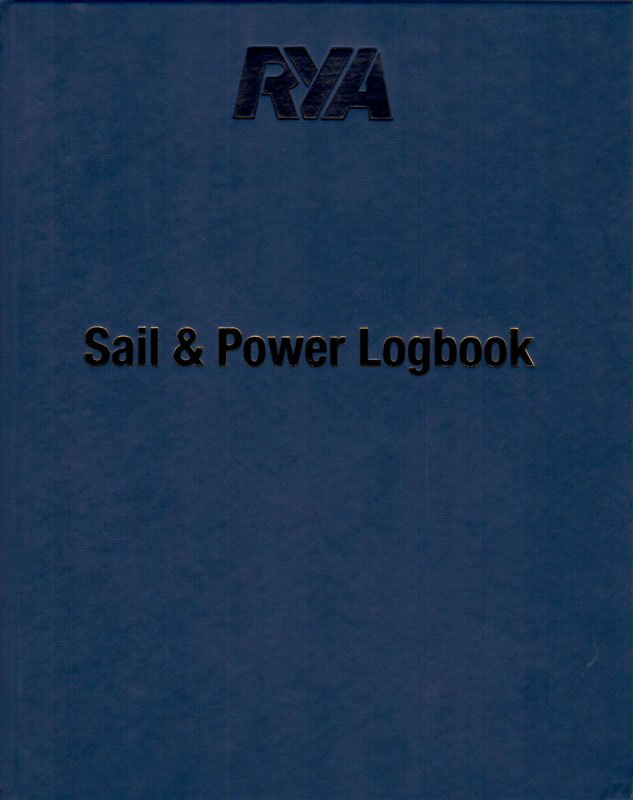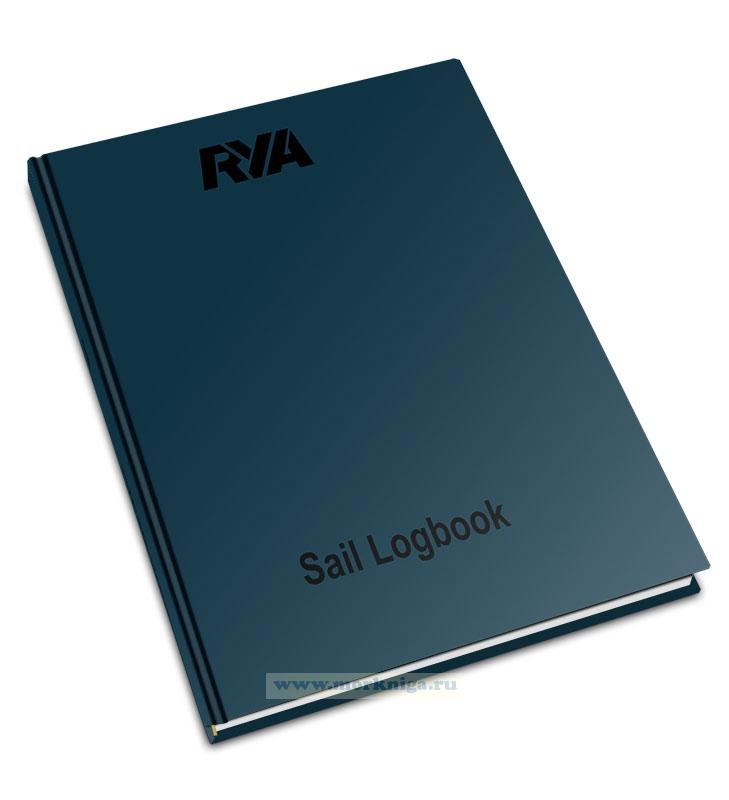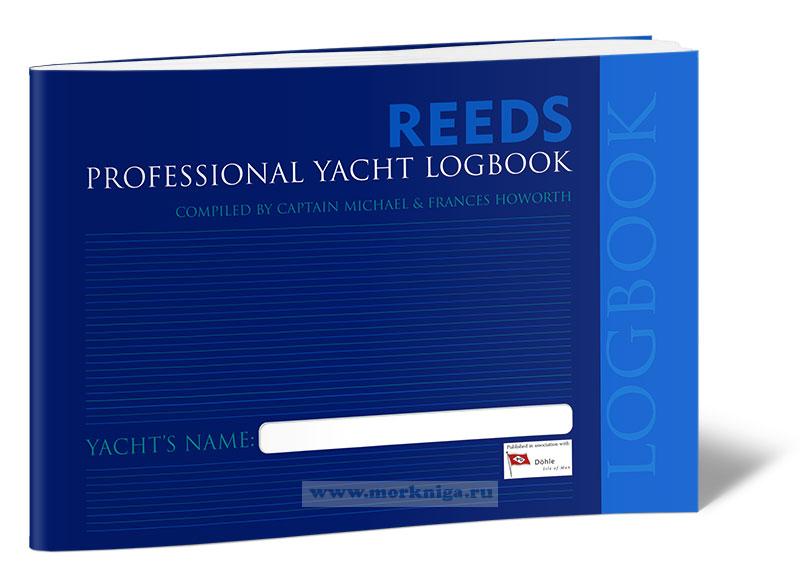Сб с 10 до 16
RYA Sail & Power Logbook
Издание на английском языке
The main function of a logbook is to provide a logical framework for the recording of navigational and related information. It should be easy to use and flexible enough so that navigators can record all that they feel important in a way that suits them.
No two people will will use a logbook in exactly the same way so feel free to alter headings to suit your own requirements.
On a coastal passage, entries will often be a combination of a regular hourly entry and those made at random times as events occur.
As a vessel goes further offshore, an hourly entry will usually suffice, with a latitude and longitude noted in the logbook and plotted on the chart.
With a regular position logged and plotted you will be well placed to continue with confidence should your electronics fail.
The discipline of keeping a log will also help enable you to:
- build up a better picture of the performance of your vessel in different conditions;
- build up a database of typical passage times;
- better estimate your vessel’s fuel consumption in various conditions;
- record engine data so that variations stand out;
- predict likely weather patterns based on barometer trends;
- record passage tips for future reference.
As well as being an essential navigational record, a well-kept logbook has the bonus of providing fascinating reading in later years, recording who sailed with you, where you went, the kind of weather you experienced, the wildlife encountered, where that great little restaurant was, etc. The more detail included, the more interesting it will become.
The logbook also provides a handy place to record useful names and addresses, and has season summary pages so that mileage, engine hours etc. are easily recorded.




 Passage Planning Companion. Компаньон по планированию плавания
Passage Planning Companion. Компаньон по планированию плавания  RYA Sail Logbook. Яхтенный судовой журнал
RYA Sail Logbook. Яхтенный судовой журнал  Reeds professional yacht logbook. Профессиональный яхтенный судовой журнал Reeds
Reeds professional yacht logbook. Профессиональный яхтенный судовой журнал Reeds